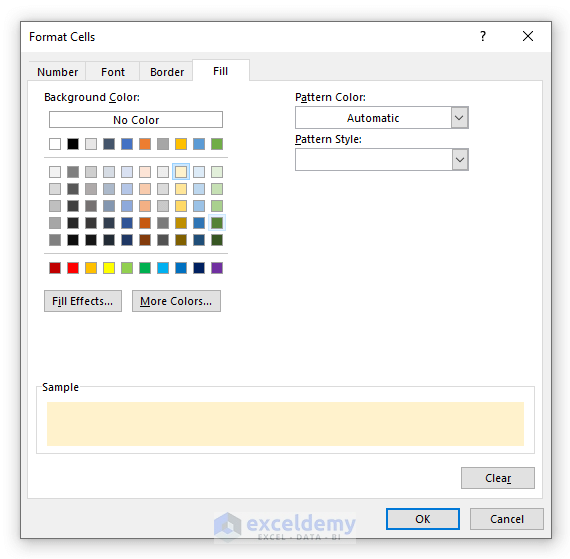5 Surprising Facts About Excel Sheets Count

When it comes to spreadsheets, Microsoft Excel is often the first software that comes to mind for businesses and individuals alike. Known for its powerful data manipulation capabilities, Excel has some lesser-known features that can make your work life easier, especially when dealing with multiple sheets. Here are five surprising facts about Excel sheets that you might not be aware of:
1. Unlimited Number of Sheets

Excel doesn’t officially cap the number of sheets you can have in a workbook. Although older versions limited you to 255 sheets, starting with Excel 2007, the limit has essentially been removed. Users can theoretically add as many sheets as their system’s memory allows, making it incredibly useful for handling vast amounts of data.
2. Quick Navigation with Name Box

The Name Box in Excel, typically used for referencing cells, can also be a tool for quick navigation among sheets. By typing “SheetName!A1” into the Name Box (where “SheetName” is the name of your target sheet), you can jump directly to cell A1 in any sheet within the workbook. This can save a lot of time when working with large workbooks:
- Type the name of the sheet followed by “!” and then the cell reference.
- Press Enter, and Excel will take you directly to the specified sheet and cell.
3. Consistent Numbering of Sheets

If you insert, delete, or rename sheets, Excel keeps the sheets in a logical sequence. This means that if you move a sheet from position 5 to 2, Excel will update all references within the workbook to reflect these changes. This feature ensures that:
- Formulas and functions that reference sheet positions remain accurate.
- Data consolidation from multiple sheets is automatically updated.
💡 Note: When inserting or deleting sheets, ensure your macro scripts are checked for references to sheet positions, as these will not be automatically updated.
4. Protect and Lock Sheets

Excel provides robust protection features for worksheets and workbooks. You can protect:
- The structure of the workbook, preventing addition, deletion, or renaming of sheets.
- Individual sheets with a password to control who can edit or view content.
- Lock cells to prevent unauthorized changes, ensuring data integrity.
5. Utilizing 3D References

Excel’s 3D references allow you to create formulas that reference the same cell or range across multiple sheets. This feature can simplify complex calculations that require data from several sheets:
- Use the SUM function across sheets to total values in the same cell from different sheets.
- Implement average, count, or other functions across several sheets seamlessly.
Through these lesser-known aspects of Excel's sheet functionality, users can significantly enhance their productivity. Whether you're managing vast datasets, navigating through complex workbooks, or securing sensitive information, Excel offers tools to make these tasks more efficient.
Can I really have an unlimited number of sheets in Excel?

+
While Excel does not officially limit the number of sheets, the practical limit is determined by your computer’s memory. As you add more sheets, the performance might degrade, but there’s no hard cap imposed by Excel itself.
How can I quickly navigate to different sheets in Excel?

+
Use the Name Box. Enter the name of the sheet followed by an exclamation mark and the cell reference (e.g., “SheetName!A1”) then press Enter to go to that specific cell in the sheet.
Is there a way to lock sheets in Excel to prevent changes?

+
Yes, you can protect sheets by right-clicking the sheet tab, selecting “Protect Sheet,” and setting a password. This allows you to control editing rights for different users.



